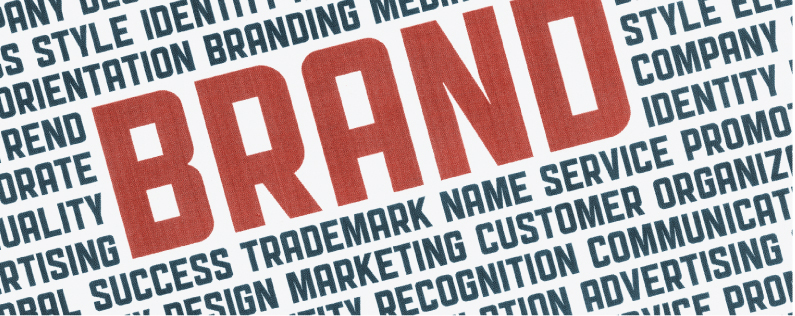
Real branding is so much more than a logo on your business card and letterhead. A true company brand encompasses what you want people to think and feel about your brand. So your logo and color choices are important, but they are only part of the equation which must also consider key messages, language choices and guidelines on other imagery.
All of these different elements should be captured in a branding guide and then shared with everyone in your firm so they are prepared to answer the question “what do you do?” At the end of the day, it is your people who define your brand, through their actions and words each and every day.
It is easy to keep your brand consistent when your company consists of only 2 or 3 people, but what happens when you grow to 10, 20 or even 100. How do you ensure your brand is still presented consistently?
Train, train, train. We spent a few days earlier this year working on core values. Who we are as a company and as individuals. We used this information to help define how we wanted our brand to be perceived in the community. But then we moved on to other things and six months later some members of the team couldn’t remember all of our core values.
That was a wake up call for me. As the brand champion. I hadn’t been doing my job. I assumed because we talked about it, everyone had internalized. Unfortunately, there is a long road from writing a brand promise and living it every day. Branding is not a one and done.
Pick a brand champion – This is a teaching role, not a policing role. The job is to review company communications for style and voice and guide new employees so they get the company message.
The brand champion does not need to be the owner but also can’t be “low man on the totem pole.” The brand champion’s rank in the organization should be such that suggestions, requests and edits carry weight.
If you have a company blog (and you should) the person who edits for grammar and spelling may not necessarily be able to also check for voice. Both form and style elements are equally important to your brand.
Everyone needs to write – When I started my career, many senior executives were great in person, but couldn’t actually write very well. Their assistants were responsible for typing and editing whatever their bosses wrote.
That world is gone. Today, every employee, in every department, communicates with clients, vendors and other team members in writing. You need to give them the tools (brand guidelines) and occasionally the training (basic writing courses) to be sure that written communication accurately reflects your brand.
At the end of the day, your brand is what your customers think and feel. Their impressions are created by your employees. As the owner, you need to help them make the right one.
Get the branding process started with our free brand position workbook.
